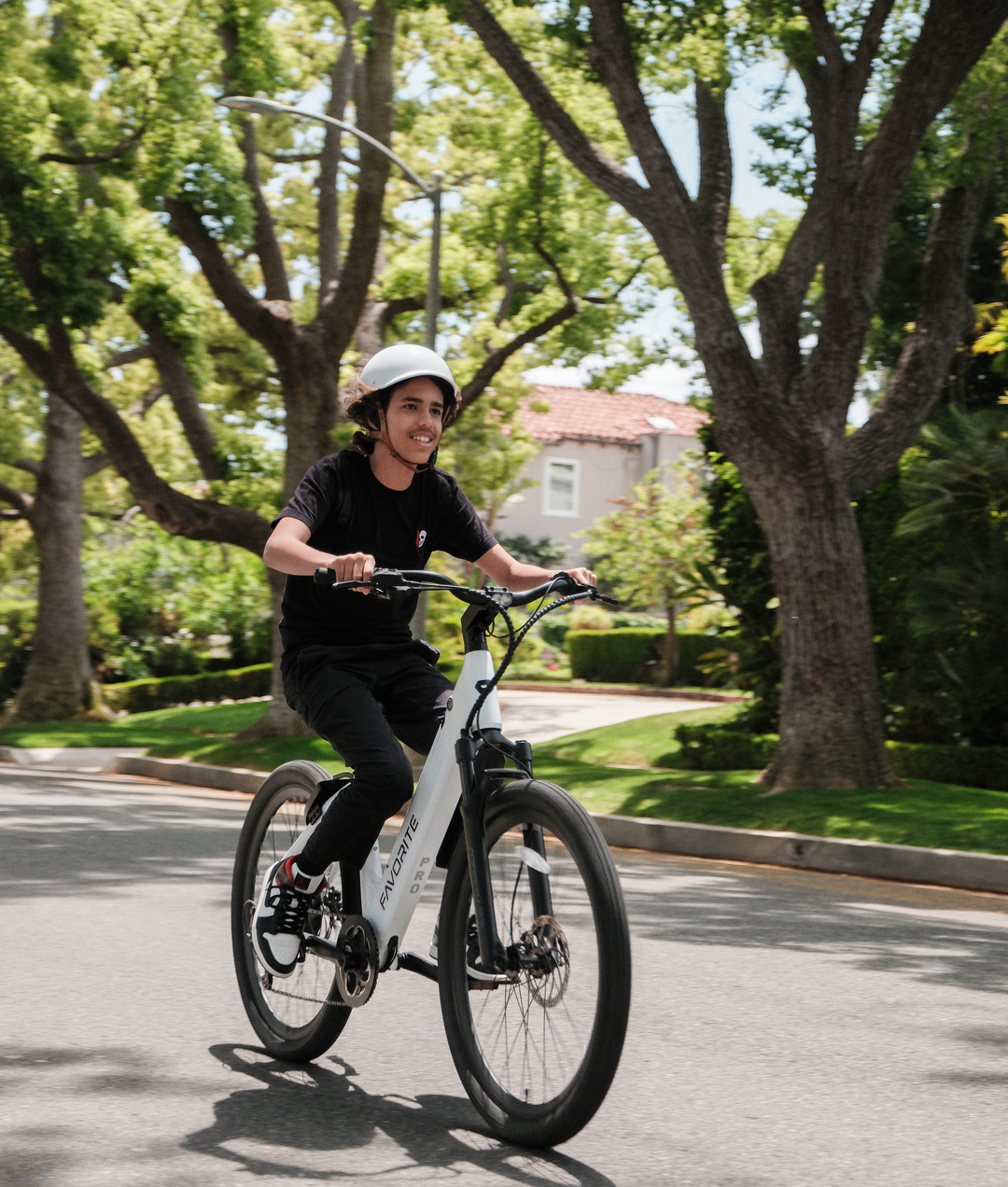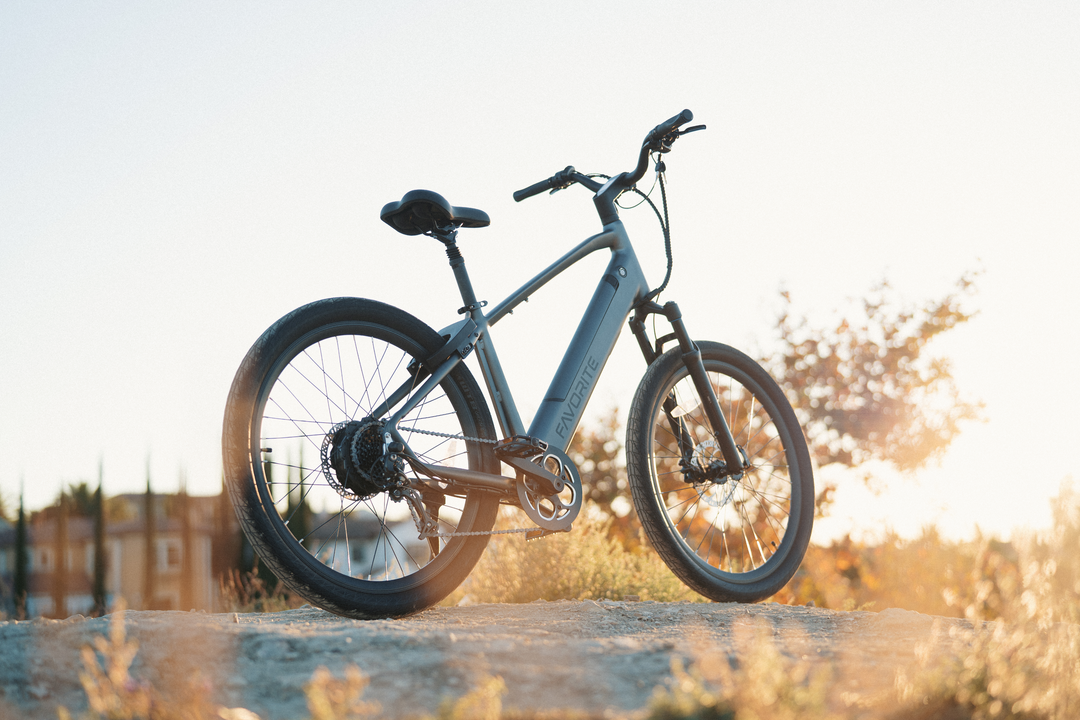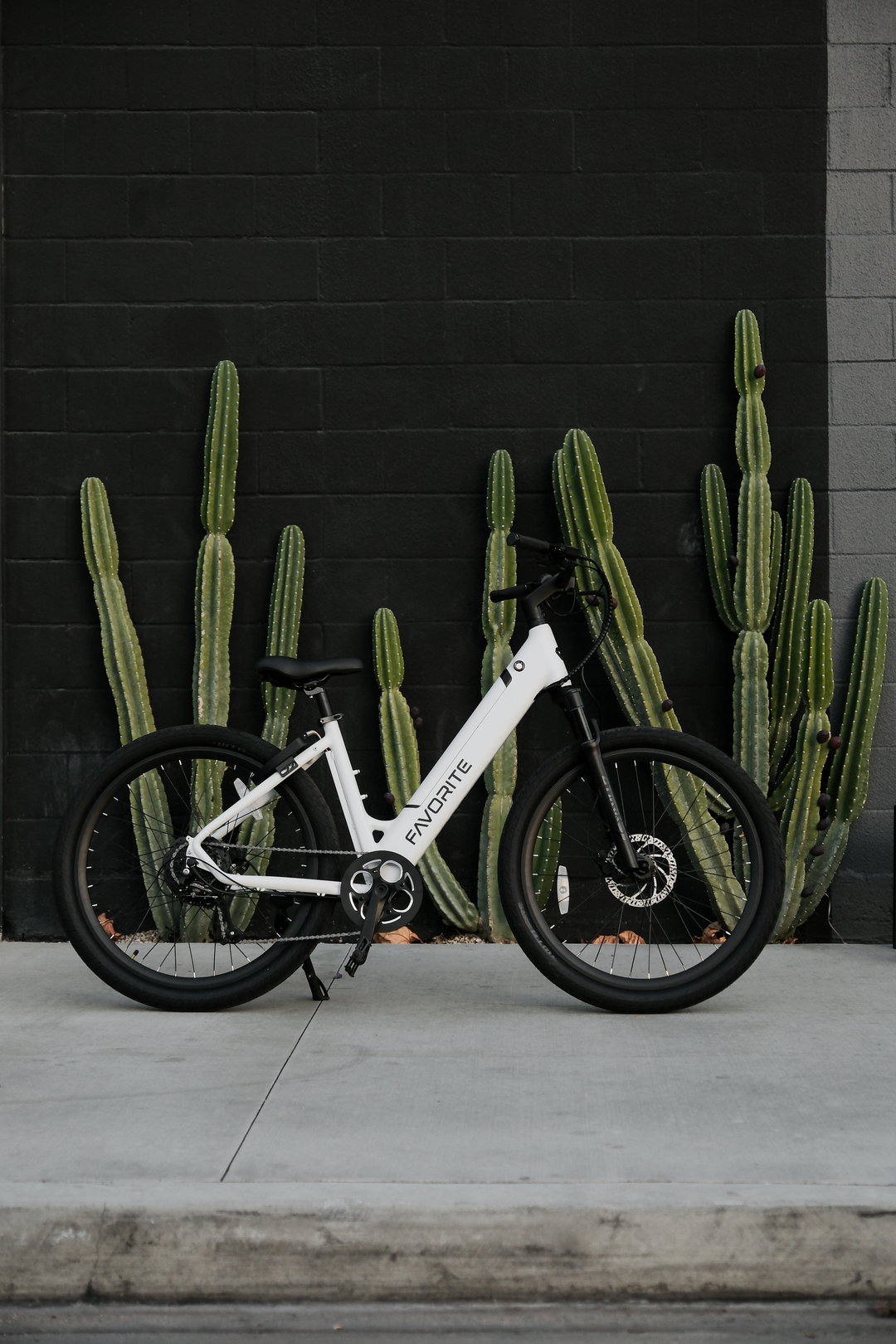E-Bike Torque Sensors: Magnetic vs. Contact - A Comparative Analysis
Elevating E-Bike Experience: The Revolution of Magnetic Torque Sensors
Electric bikes, commonly known as e-bikes, have transformed the cycling landscape, offering a blend of human and electric power to make cycling more enjoyable and accessible. A key technology that enables this smooth, intuitive blend of power is the torque sensor. In this article, we will delve into the world of torque sensors, contrasting traditional contact torque sensors with the more advanced and efficient magnetic torque sensors.
Understanding Torque Sensors
Torque sensors play a pivotal role in an e-bike's performance. They measure the force exerted on the pedals, communicating this data to the bike's motor controller. Based on this data, the motor controller decides the level of electric assistance to provide, resulting in a seamless cycling experience that effortlessly merges human power and electric assistance.
The Contact Torque Sensor: The First Step
Contact torque sensors have traditionally been used in e-bikes. These sensors work by physically measuring the strain or force applied to the pedal. As the cyclist exerts force, the sensor deforms slightly, and this deformation is measured and used to determine the level of electric assistance.
However, contact torque sensors have notable limitations:
-
Less Responsive and Precise: Contact sensors often suffer from a delay, causing a less natural, more mechanical feel to the ride as the electric assistance does not perfectly mirror the cyclist's effort.
-
Wear and Tear: Over time, the repeated strain can cause contact sensors to lose accuracy or even fail, leading to frequent replacements, and resulting in an inconvenience and additional costs for the cyclist.
-
Environmental Susceptibility: Factors like temperature and humidity can affect the sensor's accuracy and lifespan, further reducing its reliability.
The Rise of Magnetic Torque Sensors
In contrast to their contact counterparts, magnetic torque sensors utilize magnetic fields to measure the pedaling force, a principle known as magnetoresistance. This advanced technology offers numerous advantages:
-
Superior Responsiveness and Precision: Magnetic sensors respond instantaneously to changes in pedaling force, adjusting the electric assistance in real-time for a more organic, intuitive cycling experience.
-
Greater Durability: With no physical contacts to wear out, magnetic sensors are not prone to wear and tear. This results in fewer maintenance issues and a longer component life.
-
Immune to Environmental Conditions: The contactless nature of magnetic sensors makes them immune to external factors, increasing their reliability and lifespan.
The introduction of magnetic torque sensors represents a significant leap forward in e-bike technology. By offering a more natural ride, enhanced durability, and less maintenance, they have set a new standard for e-bike performance. As we continue to see advancements in e-bike technology, the use of magnetic torque sensors will undoubtedly become more widespread, making cycling an even more enjoyable experience for everyone.





Leave a comment